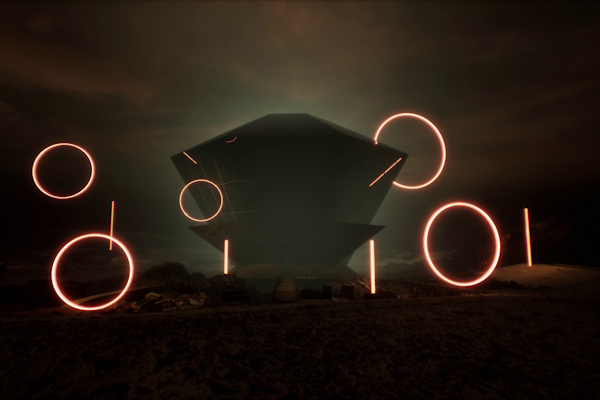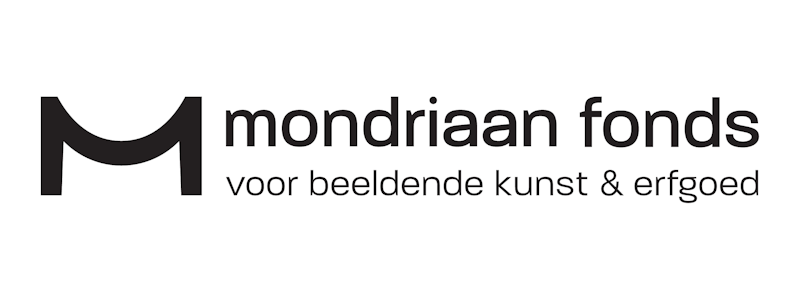The Geopolitics of Infrastructure. Contemporary Perspectives
13 Jun - 21 Sep 2025

Tekla Aslanishvili, Mirwan Andan & Iswanto Hartono, Winnie Claessens, Köken Ergun & Fetra Danu, Köken Ergun & Tashi Lama, Assem Hendawi, Jean Katambayi Mukendi, Pejvak, Shahana Rajani, Sojung Jun, The Question of Funding, Jonas Staal and Zheng Mahler. Exhibition architecture by Studio PARA~
The Geopolitics of Infrastructure brings together artists who consider the enchantment and power relations of infrastructure. It also considers the possibilities of artistic imagination in conceptualising new and alternative infrastructural models.
Infrastructure is big ideas. It finds its purpose in facilitating the circulation of objects, ideas and people. Across its multiple forms, it supports these flows and exchanges that shape the general organisation of our lives, livelihoods and civilisations, including such things as trade, transport, energy and communication, as well as key facets within the public sphere, from health and education to utilities and the arts.
Infrastructure is a both thing and the current and future relation between things. Embodying the idea of a world in motion, infrastructure in today’s world incorporates such future-oriented things as tech and big data, alternative energy sources, automation and the algorithmic management of urban spaces, through to undersea ports and vast railway corridors such as the Belt & Road Initiative. Yet concurrently, infrastructure also encompasses war, and by implication the destruction of infrastructure. The classical elements – earth, wind, water, fire – are exploited in a context of overlapping jurisdictions, rapid urbanisation and the restructuring of labour. All of this exposing the landscape to complex geopolitics.
Infrastructure is implemented on trans-national and even global proportions. One could say that it configures the human world, including its production of knowledge and prosperity. It might even be considered a source of enchantment. Whether public, private or some hybrid of both, infrastructure projects have become potent symbols of modernisation, ambition, influence and power in many part of the world. From collaboration and competition, to dependency, environmental degradation and human displacement, infrastructure is a major geopolitical factor between nations.
Infrastructure seeks to conquer time and space. This duality of being simultaneously visible and invisible, tangible and intangible, and just as much about its maintenance than its promise, sees infrastructure as something rather complex, even conceptual, and thus not easily readable. However, with the distinct ability to read how things happen across space and time – infrastructure can be examined in terms of technological, economic, logistical political, social and biological considerations, and many artists understand the urgency to do so. The exhibition The Geopolitics of Infrastructure presents the work of a generation of artists providing such contemporary perspectives on the particular topicality of infrastructure in the trans-national geopolitical context.
A generation of artists is demonstrating a new trans-national consciousness in the context of multipolarity. Artists consider the political commitments, imagination and power relations of infrastructure. The exhibition The Geopolitics of Infrastructure presents research-based practices reflecting on how such structures function as organisational systems across boundaries, as part of the practice of statecraft. With an awareness that geopolitics also shapes the conditions of practice for artists, The Geopolitics of Infrastructure also considers the possibilities of artistic imagination in the conceptualisation of new and alternative models for infrastructure.
Exhibition curated by Nav Haq.
New film by Shahana Rajani produced by Han Nefkens Foundation in collaboration with Prameya Art Foundation (PRAF), Delhi, India; Nottingham Contemporary, UK; Ishara Art Foundation, Dubai, UAE; Museum of Contemporary Art Tokyo (MOT), Japan; Museum of Contemporary Art Antwerp (M HKA), Belgium; and Para Site, Hong Kong.
M HKA is collaborating with e-flux Architecture to commission a series of texts for their New Silk Roads publication in conjunction with the exhibition The Geopolitics of Infrastructure—Contemporary Perspectives.
The participation of Sojung Jun is generously supported by the SBS Foundation.
The public programme Archipelago of Artistic Practices taking place in parallel to the exhibition is co-organised by Jubilee.
The exhibition takes place within the framework of the current L’Internationale project ‘Museum of the Commons’.
L’Internationale is funded by the European Union. Views and opinions expressed are however those of the author(s) only and not necessarily reflect those of the European Union or the European Education and Culture Executive Agency (EACEA). Neither the Euopean Union nor EACEA can be held responsible for them.











